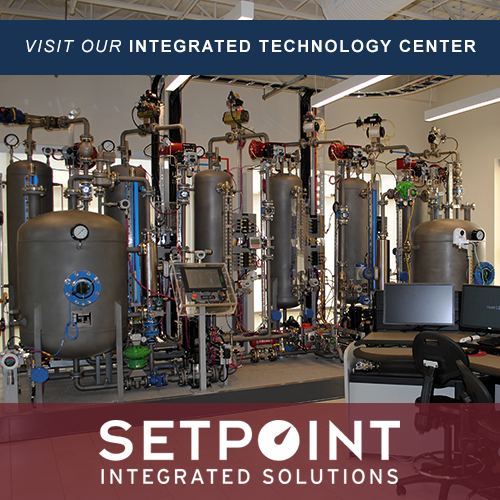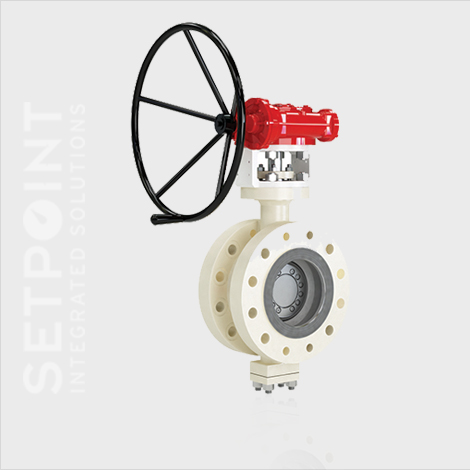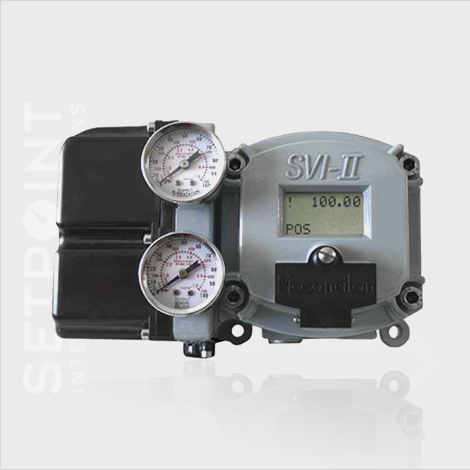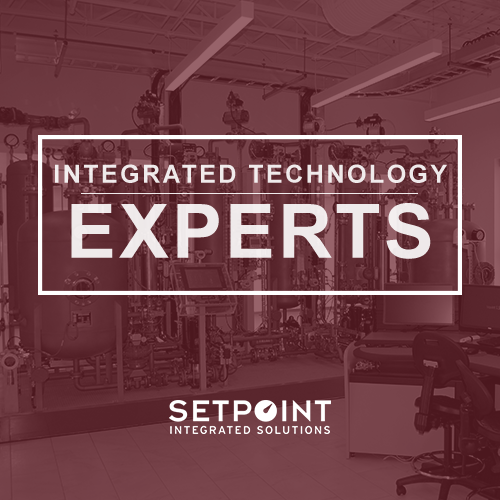What Are the Four Components of Fugitive Emission Packing Designs and Why Are They Important?
Setpoint Integrated Solutions, Inc. has multiple options when it comes to ensuring you are meeting regulations regarding fugitive emissions. Here we spotlight Masoneilan*
When ensuring low emission packing, what components are needed, and why are they important?
- Packing Rings – The primary sealing rings of the set. Through management of a “packing stress level”, these rings do the majority of the sealing that we desire from the set. The materials are selected to have a combination of strength and low permeability, while minimizing frictional effects on the moving component.
- Top & Bottom End Rings – These may also contribute to sealing, but the primary function is to provide a reinforcement and “anti-extrusion” effect for the packing rings.
- Packing Follower – While the follower also provides extrusion resistance, its primary function is to transfer loading uniformly to the packing set. A spherical mating surface with the packing flange ensures a consistent application of load transmission.
- Live-loading – Typically a series of springs that may be embedded into a packing flange (as shown), placed on top of the packing flange, or embedded in the packing follower. The spring sets provide a constant loading (to provide the packing stress) and maintain that load for a period of time reducing the frequency of manual adjustments. While not called out below, it should be noted that through proper torque applied to the packing nuts, the spring load is generated. Maintenance of this torque is critical to ensuring low leakage rates.
It should also be noted that the valve body-bonnet joint is also a source of emissions. For ISO qualified designs, this joint is tested and part of the qualification.
The illustration below shows a typical arrangement for low emission packing.
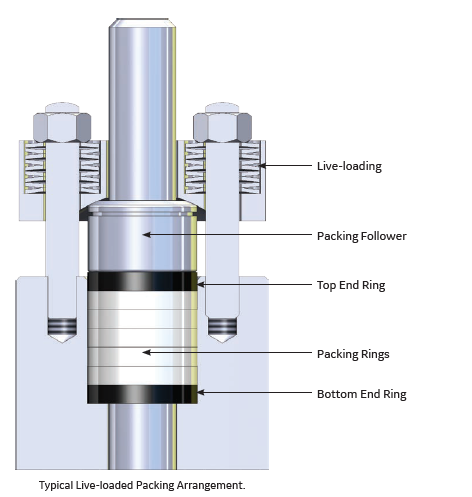
When choosing an arrangement for Low Emissions Packing to prevent Fugitive Emissions, be sure to reach out to Setpoint Integrated Solutions for all your needs.
*Trademark of GE
This information comes from the document:
“Masoneilan* Fugitive Emission Packing Selection Guide 02/2017 GE Oil & Gas”
© 2017 General Electric Company. All rights reserved.



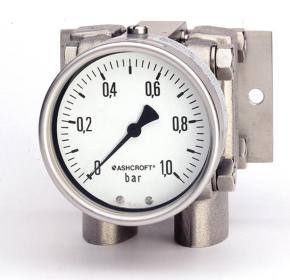
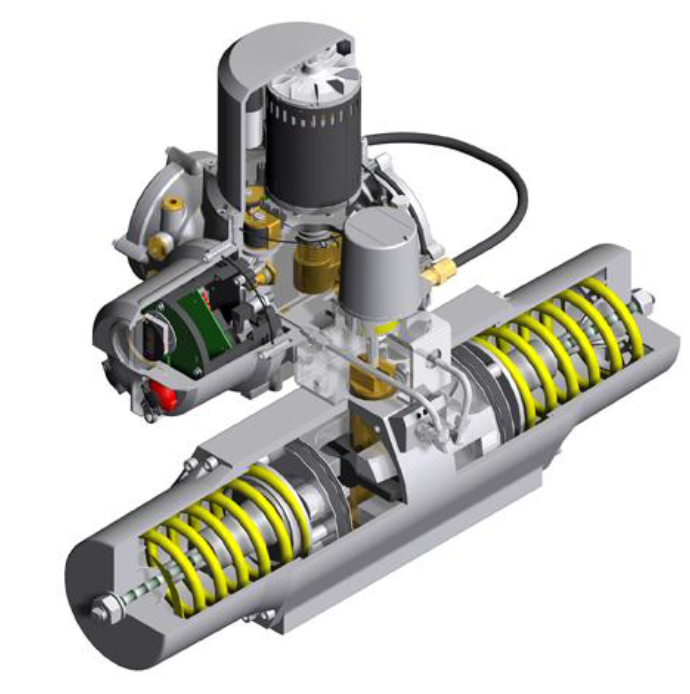
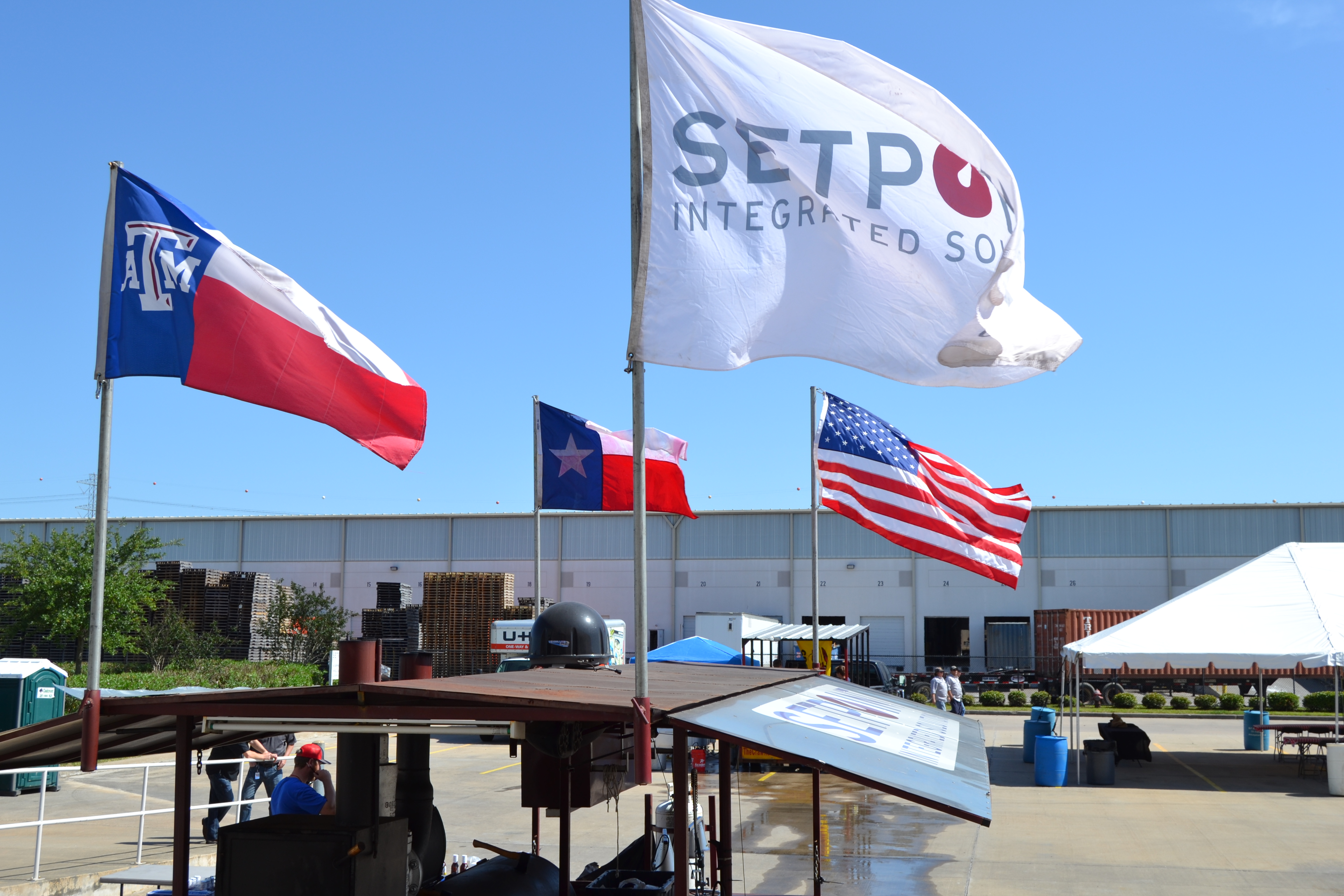
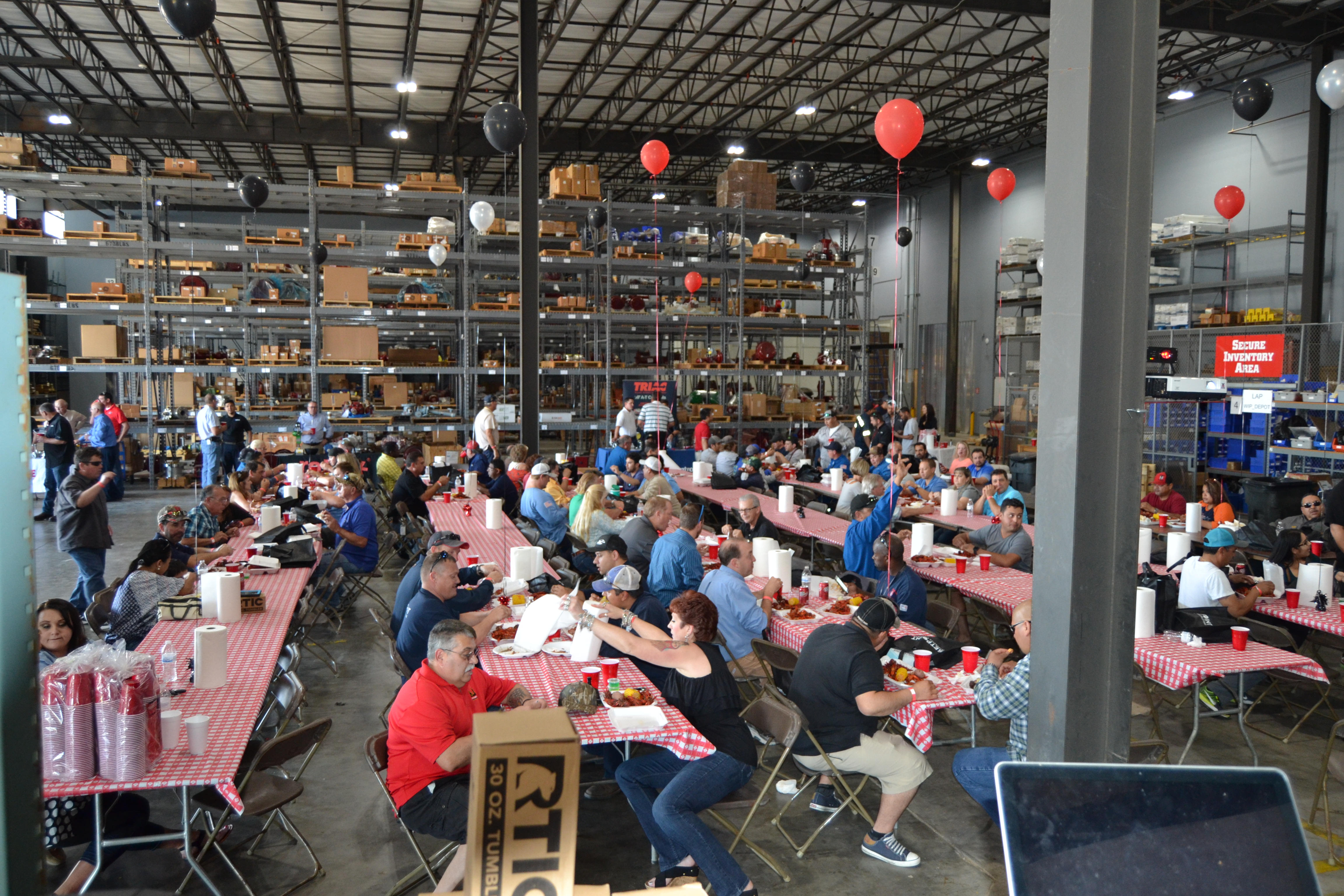
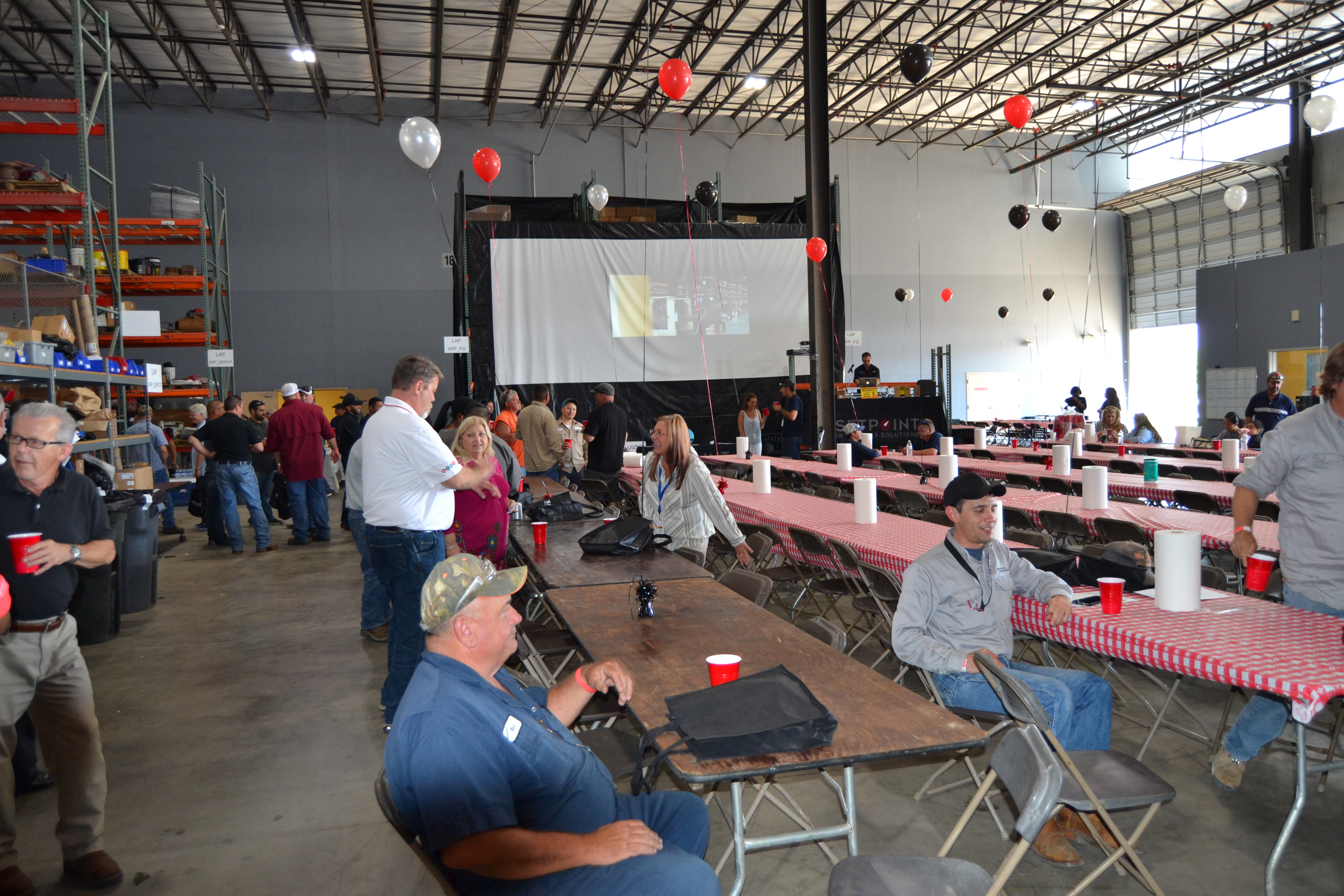
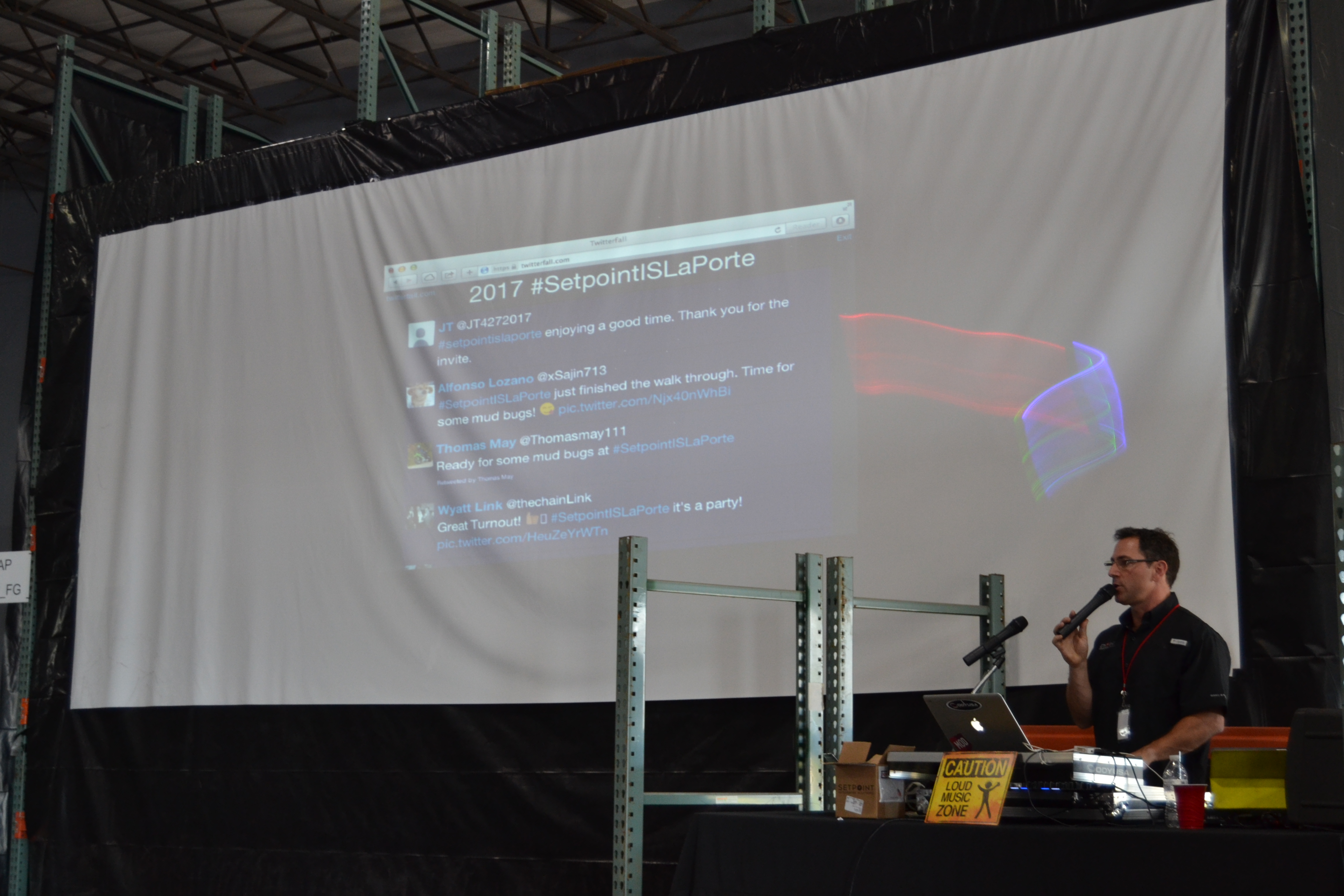
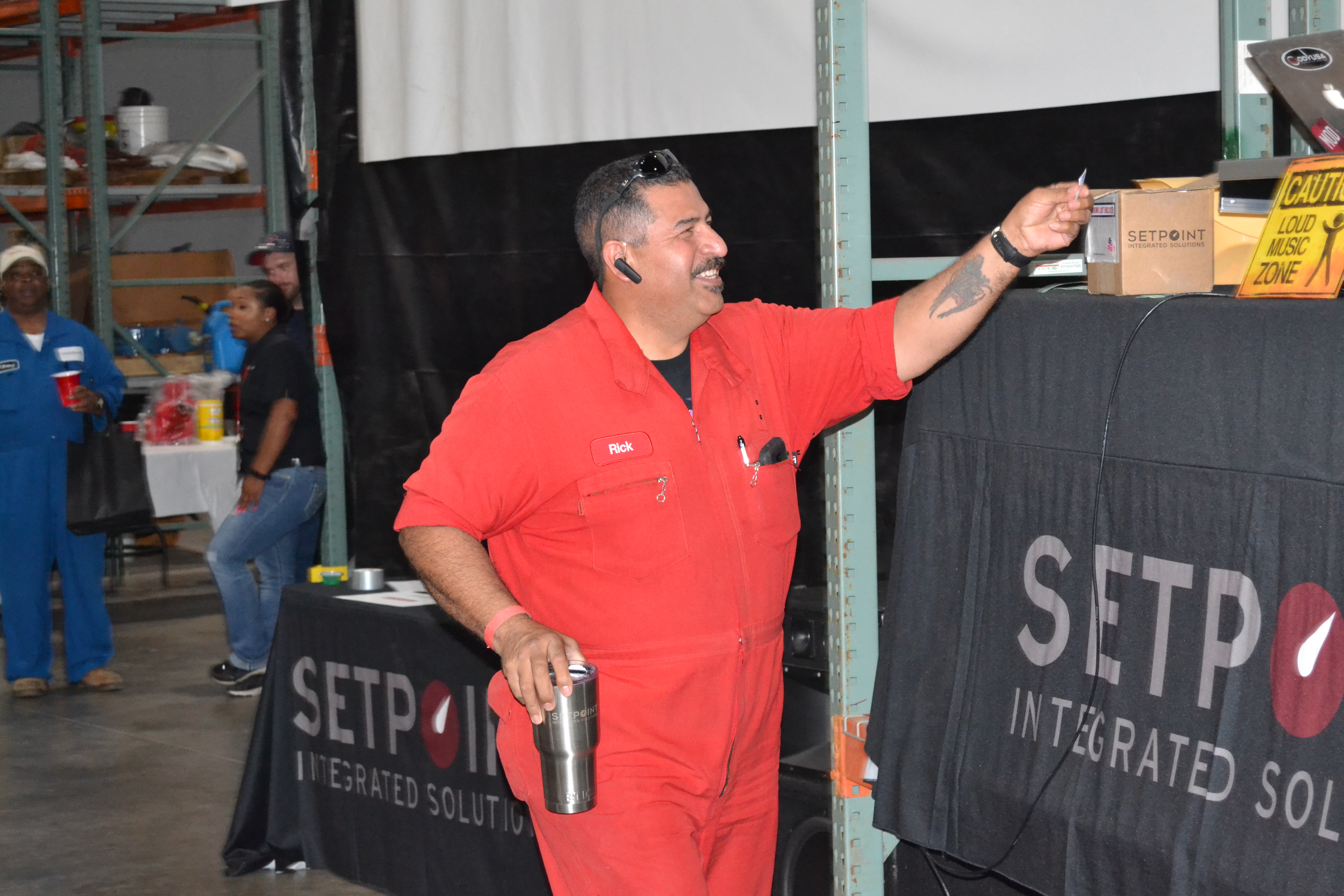
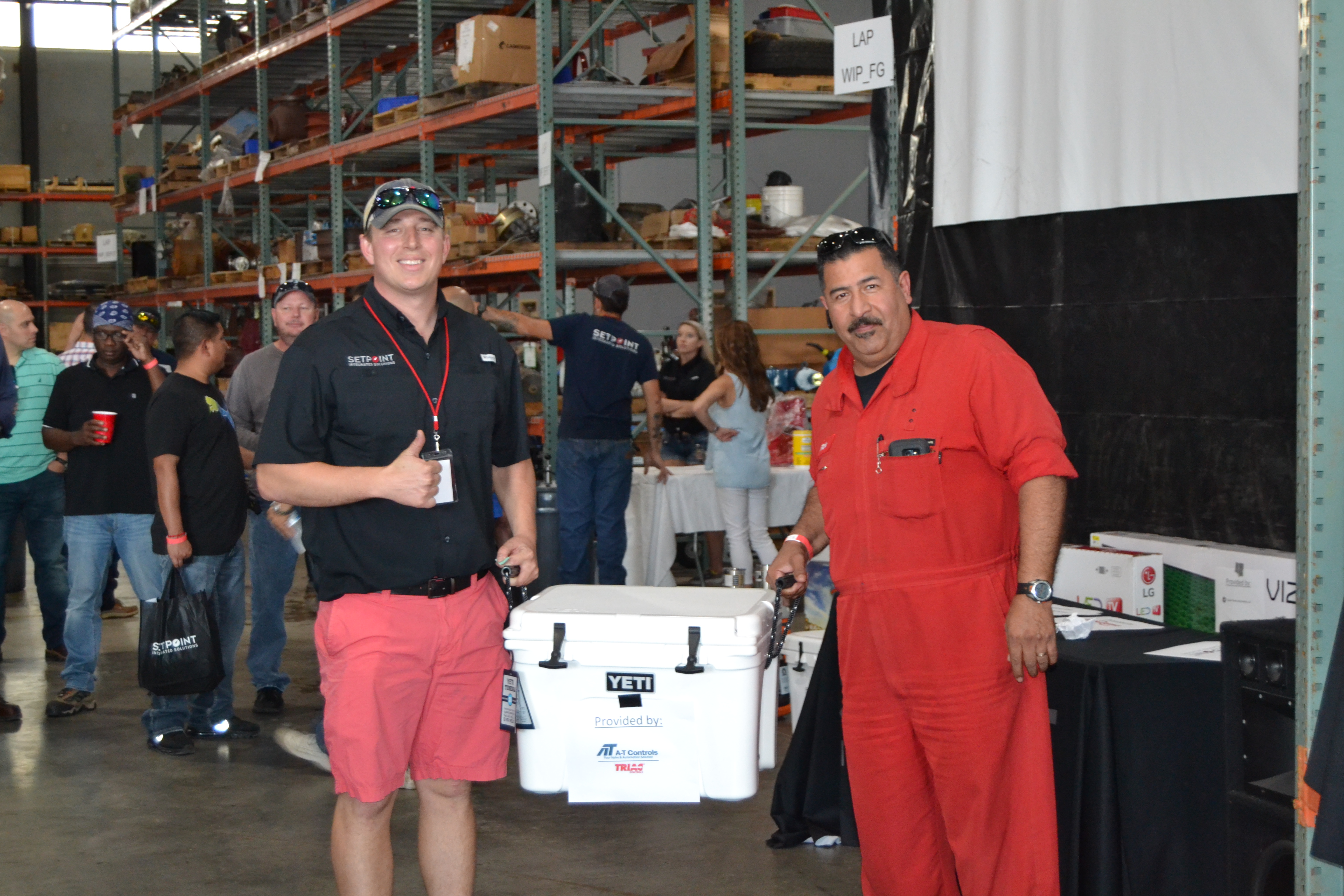
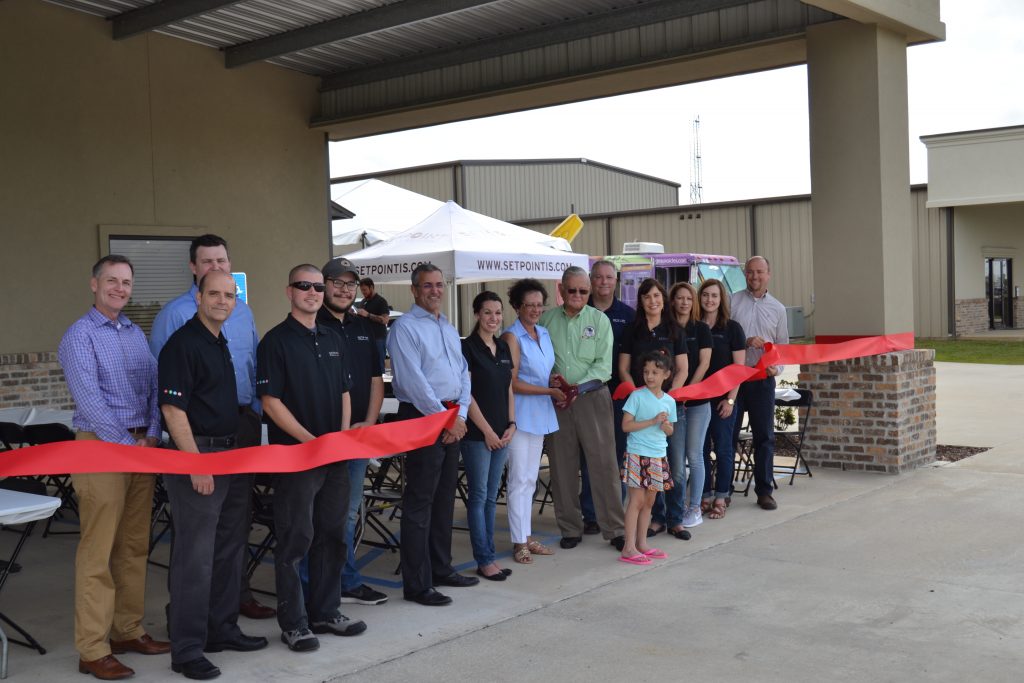
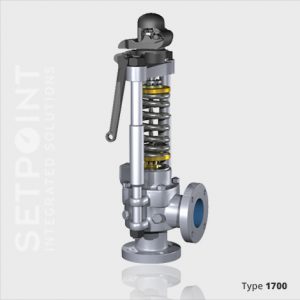
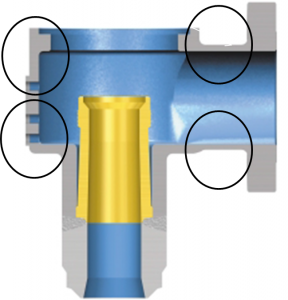 The circles identify areas in which body wall inspection may not be a requirement of the Valve’s repair process. The areas are the ones that Setpoint IS recommends reviewing to check if they adhere to ASME B16.34-2013 Table 3B.
The circles identify areas in which body wall inspection may not be a requirement of the Valve’s repair process. The areas are the ones that Setpoint IS recommends reviewing to check if they adhere to ASME B16.34-2013 Table 3B.